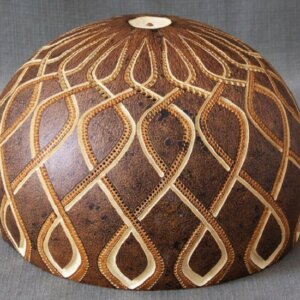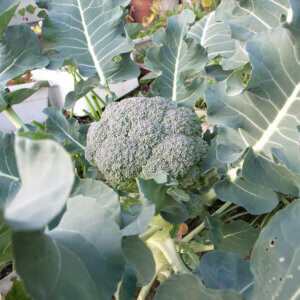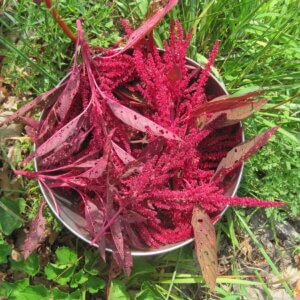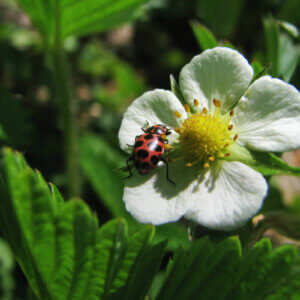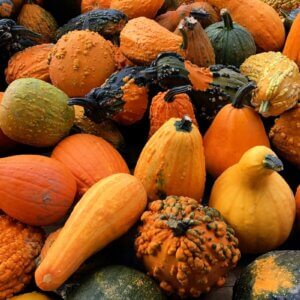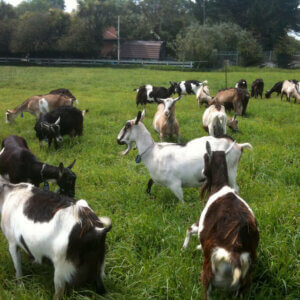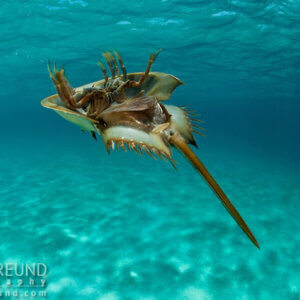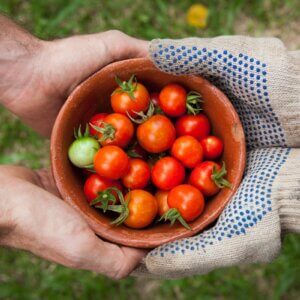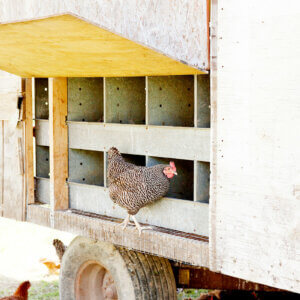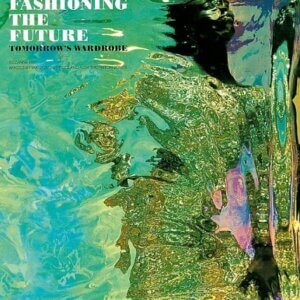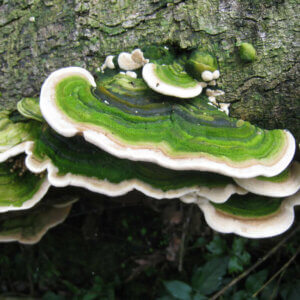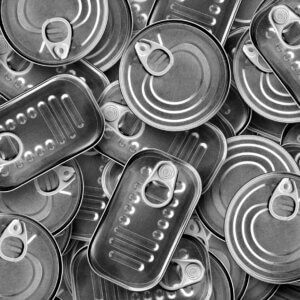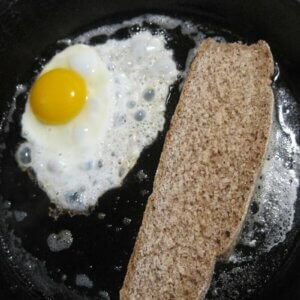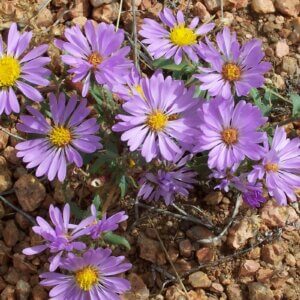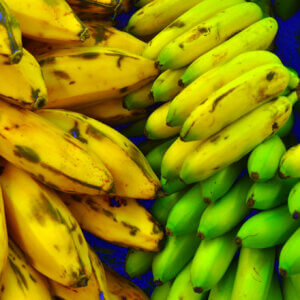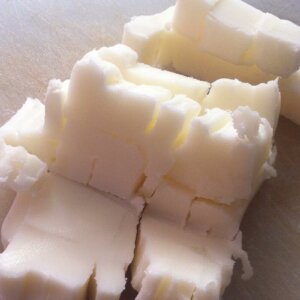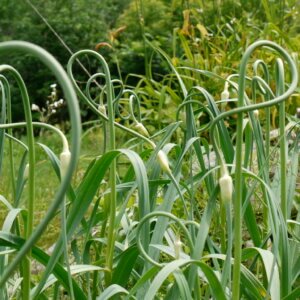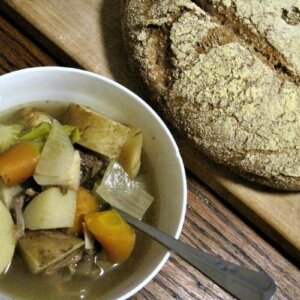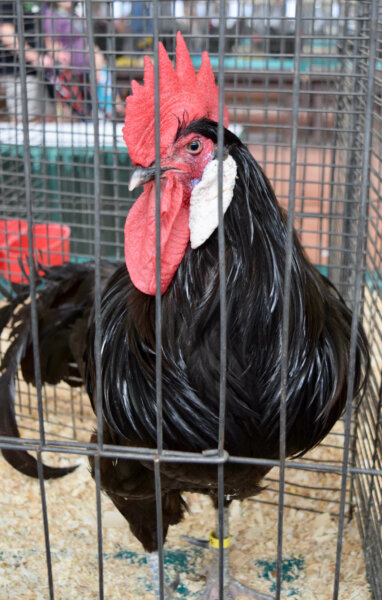
- Purpose: Ornamental and Eggs
- Eggs: White
- Egg Size: Extra Large
- Color: Black, White, Buff, Blue, Bared
- Comb Type: Large Single or Rose Comb
The largest and heaviest of all the Mediterranean chickens, the Minorca hails from the Spanish Island of—you guessed it— Minorca.
With a huge red comb effortlessly thrown over their head, glossy plumage rippling in the breeze, and their characteristic white earlobes swinging like a set of abalone earrings, these birds look like they’re on spring break year-round. Unlike a vacationer, though, these birds are hard workers, producing large eggs at a surprising rate.
Characteristics
True to their island roots, the Minorca thrive in warm, sunny environments. The single- combed variety also has huge wattles—features that allow their blood to circulate and cool in hot temperatures, making them a safe choice for farms and homesteads in hot climates.
The large comb, wattles, and earlobes on a Minorca are a frostbite magnet, so this breed is a poor choice for cold climates. The rose-comb Minorca variety is a little less prone to frostbite, but no Minorca is able to stand much cold. They love to forage, are hardy and tough-natured, and are adaptable to either free-range or confined environments.
Though Minorcas can be flighty—their wings certainly give them quite a boost when they jump—they are alert and active and a delight to watch sprint across the yard. Their size can be quite a boon, too—some keepers have reported that hawks and other predatory birds leave Minorcas alone because of their intimidating size.
Though a Google search will often show you a Minorca with a large, single comb and black plumage, these birds are full of far more variety. They can be found with rose combs as well and may display blue, bared, black, white, or buff plumage. In any case, however, those distinctive, dangling earlobes will be there, swinging like a showy set of earrings.
What’s The Yield?
Though Minorca chickens are large, they are egg-layers. Some who have sampled their meat report that it is dry and stringy. Additionally, it will take these heritage birds a while to reach their full size. So, with their slow growth and relatively narrow body, the Minorca doesn’t make the best meat bird.
Though males reach 9 pounds and females reach 7.5 pounds, a chunky Cornish or Sussex may be a better choice if you’re looking for something to fill the table and your belly. If you are up for the challenge of cooking one of these fabulous chickens, the traditional method of cooking their breast meat was to stuff them with lard. It may be tasty, but it is hardly a healthy choice!
Once a fabulous layer of large white eggs, selective breeding has lowered the average Minorcans productivity. Some utility strains still retain their original productive characteristics, while others may come from strains bred more for fancy earlobes than plentiful eggs. If you can find a good egg-laying Minorca hen, however, she’ll repay your loving care with an impressive four, extra-large, white eggs a week.
Minorca Facts
It’s easy to mix these birds with the White-Faced Black Spanish breed at a quick glance. The key to distinguishing between them is the eyes. Minorcas—also sometimes called Red-Faced Black Chickens—have red skin surrounding their eyes, and White-Faced Black Spanish have white surrounding their eyes.
Photos of Minorca Chickens
Resources
- 5 Reasons To Love Minorca Chickens, Backyard Chicken Coops
- Minorca, My Pet Chicken
- Poultry Breeds – Minorca Chickens, Oklahoma State University Breeds of Livestock, Department of Animal Science
- Minorca Chicken, The Livestock Conservancy
- Minorca, Backyard Chickens
- Minorca Chicken Characteristics & Breed Information, Roy’s Farm
- Minorca Chickens, Poultry Keeper
- Minorca Chicken Breed, The Way Of The Chickens
- Minorca Chickens, Hobby Farms
- Minorcas, Feathersite



